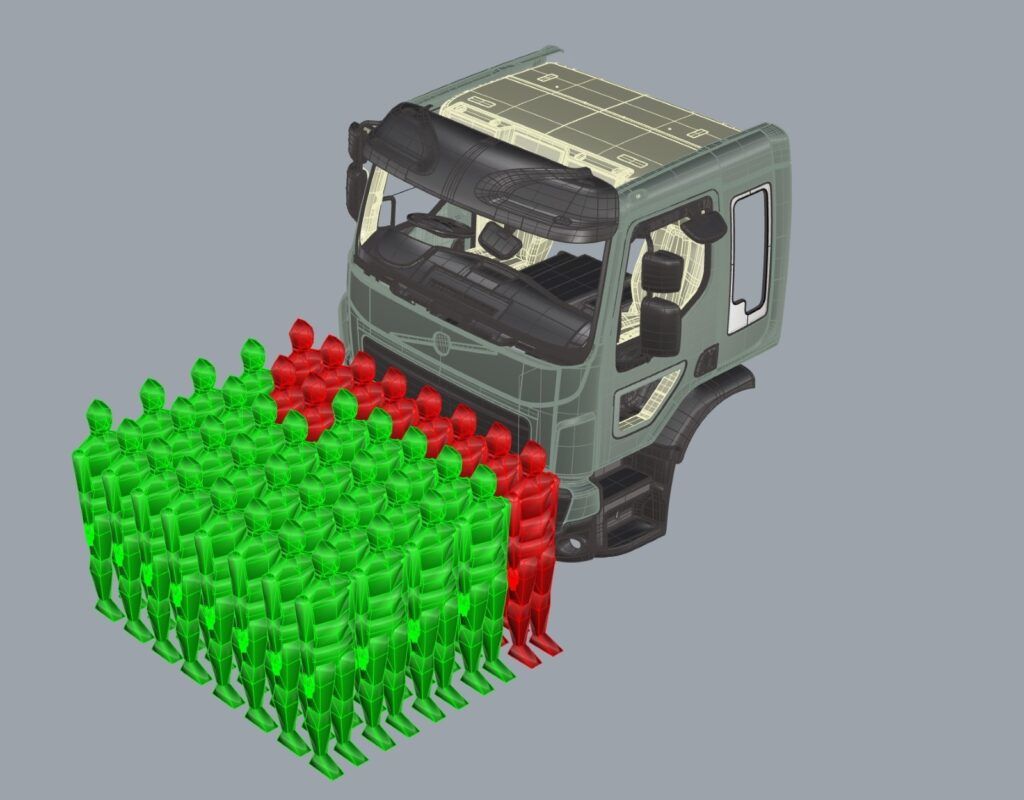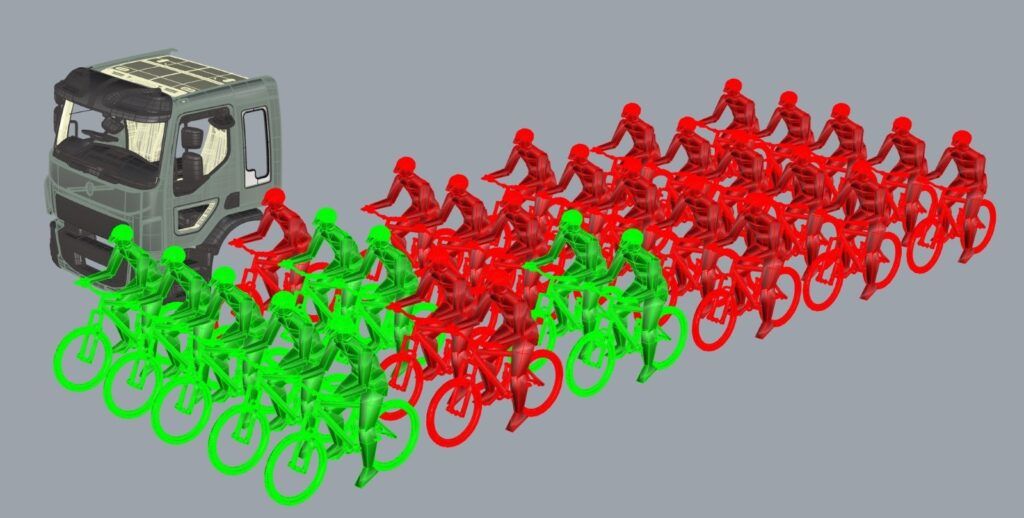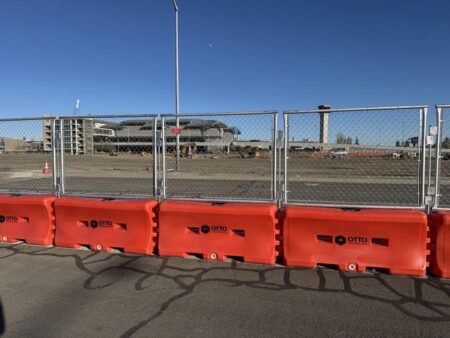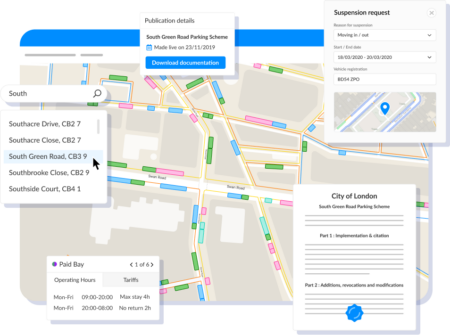Transport for London has strengthened the requirements for its world-leading Direct Vision Standard (DVS), which is playing a vital role in helping to save the lives of vulnerable road users in the capital.
DVS measures how much a heavy goods vehicle (HGV) driver can see directly through their cab windows and sets minimum standards, to promote visibility and safe driving practices.
HGVs over 12 tonnes will now require a minimum three-star DVS rating or to fit an updated system of enhanced safety features – the Progressive Safe System (PSS) – to operate in Greater London.
Operators will receive a penalty charge notice of up to £550 if they operate an HGV over 12 tonnes in Greater London without a valid HGV safety permit, or do not meet the permit conditions. TfL has introduced these changes to further enhance the safety standards of HGVs operating in the capital, helping them to reduce road danger for everyone.
The DVS and HGV Safety Permit Scheme is a key part of the Mayor of London’s Vision Zero plan to eliminate all deaths and serious injuries on London’s transport network, and this next phase of the scheme harnesses new technology to make London’s roads safer.
The PSS has been designed specifically to eliminate the most common causes of fatal collisions between an HGV and those who walk and cycle where vision is a factor, such as when a vehicle moves off from stationary or is turning left.

TfL data shows that the DVS is already saving the lives of vulnerable road users. In 2023, there was a 62% reduction in the number of fatal collisions involving an HGV, compared to the 2017-19 baseline, as well as reductions in serious injuries.
However, more work is needed to keep Londoners safe. Six people were killed and 32 people were seriously injured in collisions involving HGVs in 2023, with devastating consequences for families, friends and communities.
The capital’s DVS is a world first and is having an impact across the UK and EU. The work TfL has undertaken with manufacturers has already seen the EU incorporate direct vision into safety standards. The European Commission expects that this, along with other safety measures being introduced, will save an estimated 25,000 lives by 2038*.
TfL’s DVS has been developed in close consultation with the freight industry and vehicle manufacturers. The current Safe System of additional safety measures was developed and consulted on in 2018, and reviewed by TfL in 2022 to reflect new equipment and technologies available on the market. TfL consulted operators, manufacturers, suppliers, road user safety groups, industry and other stakeholders on its PSS proposals between 14 February and 3 April 2023. The consultation showed an encouraging level of support (more than 55%) for the principles of DVS, the HGV Safety Permit Scheme and the principles underpinning the PSS.
TfL has also worked closely with the freight industry to monitor hauliers’ readiness to fit PSS measures ahead of the new requirements coming in. In order to give the industry sufficient time to buy, fit, and test any new safety equipment in line with the new PSS, operators were able to apply for a six-month grace period before the standards were tightened this week.

This image shows a two star rated vehicle, and illustrates the value of eliminating the blind spot with Camera Monitoring Systems (CMS). Those cyclists shown in green can currently be seen from the cab window without the CMS system, while those shown in red cannot. By installing a CMS system, based on appropriate specifications, all the cyclists shown in the below image will be visible by the driver”Since we introduced London’s pioneering Direct Vision Standard, we have seen a significant reduction in fatal collisions where vision is a factor in the capital,” says Christina Calderato, TfL’s director of strategy. “However, there is much more we need to do, to achieve our goal of eradicating deaths and serious injuries from London’s transport network. It’s vital that all vehicles using London’s roads have safety at the forefront of their design and we’re excited that from today HGVs operating in the capital will become even safer. We’d also like to thank the freight industry for their work helping to ensure that vehicles fit the new safety requirements.”





